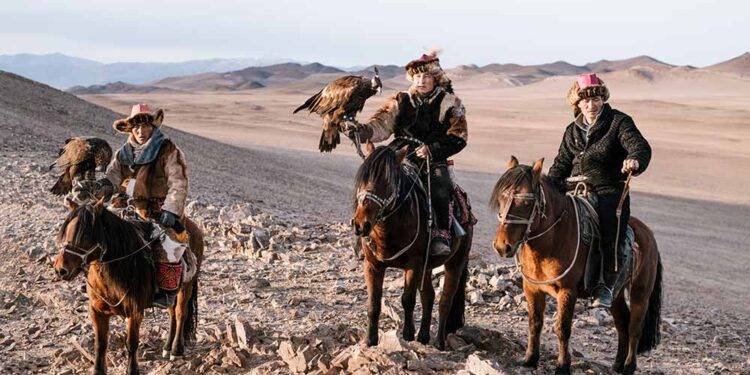Khalkha Mongols, descendants of Genghis Khan are the largest ethnic group in Mongolia. The Khalkha Mongols cover approximately 85% of the country’s population. They reside primarily in central and eastern Mongolia, with smaller communities in Russia and China. Let’s dive deeper into the history, traditions, hunting techniques and way of life of the Khalkha Mongols.
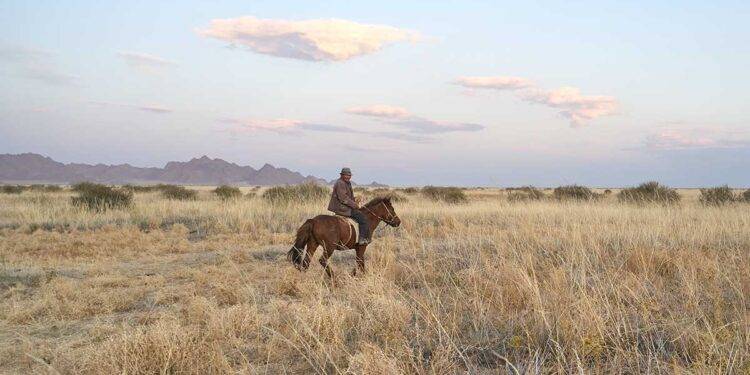
Are Khalkha Mongols Descendants of Genghis Khan?
The Khalkha Mongols trace their ancestry back to the Mongol Empire. Genghis Khan founded the Mongol Empire in the 13th century. The empire grew to become one of the largest in history stretching from Eastern Europe to China. Since the 15th century the Khalkha has been the largest subgroup of modern Mongol people in Mongolia. The Khalkha were ruled by Borjigin until the 20th century.
Today, the Khalkha Mongols have a population of around 3 million people. The majority lives in Mongolia. They are known for their nomadic lifestyle and their close connection to the land. The Khalkha or Halh dialect is the standard written language of Mongolia.
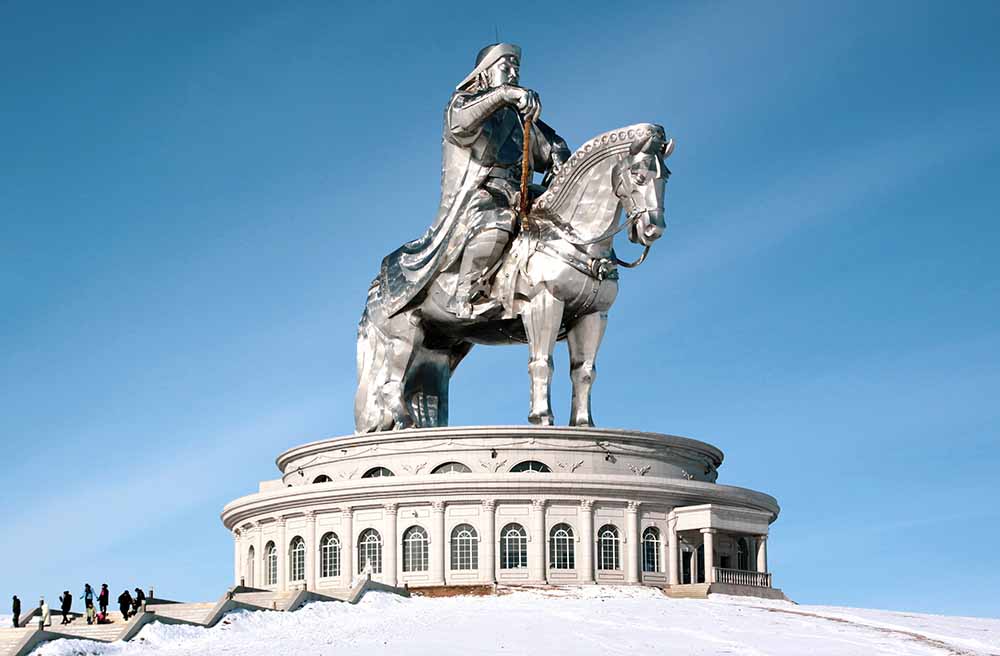
The Southern Khalkha, who live in Inner Mongolia, were moved south from its original territory in the Khangai Mountains. Every new lunar year (A lunar year of 12 synodic months is about 354 days long) all southern Khalkhas perform special Khangai Mountain worshipping ceremonies. In these ceremonies they face northwest and pray. This special ceremony is maintained by only southern khalkhas.
The majority of Khalkha Mongols now live in the modern state of Mongolia. But there are four small banners in China. Two of them in Inner Mongolia, one in Qinghai and one in Rehe. There are also Khalkha groups among the Buriats in Russia. But this group do not longer retain the Khalkha self-identity, culture, and language.
Traditions and Way of Life
The Khalkha Mongols, descendants of Genghis Khan have a rich and unique cultural heritage that has been passed down through generations. One of the most prominent aspects of their culture is their traditional dress, which includes a deel, a long robe-like garment, and a hat known as a khadag.
The deel is typically made of wool or silk, and its design can vary depending on the occasion or the wearer’s social status.
The Khalkha Mongols are also known for their horsemanship, which has been an integral part of their way of life for centuries. Horses play a crucial role in their nomadic lifestyle, as they are used for transportation, herding, and hunting. The Khalkha Mongols are skilled riders, and horse racing is a popular sport in their culture.
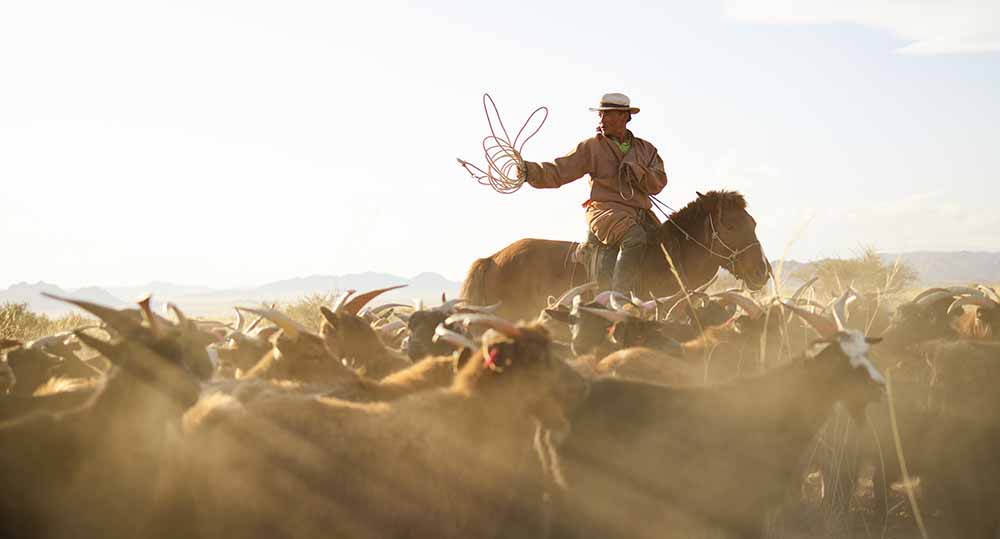
Mongolian Eagle Hunters
Hunting has been an essential part of the Mongols way of life for centuries. They use a variety of techniques, including falconry, bow and arrow, and hunting with dogs.
Falconry is an important tradition among the Khalkha Mongols, and it has been practiced for over 2,000 years. Falconry involves training birds, such as eagles and falcons, to hunt small animals like foxes and hares. Since the year 2000 they organize Eagle Hunting Festivals.
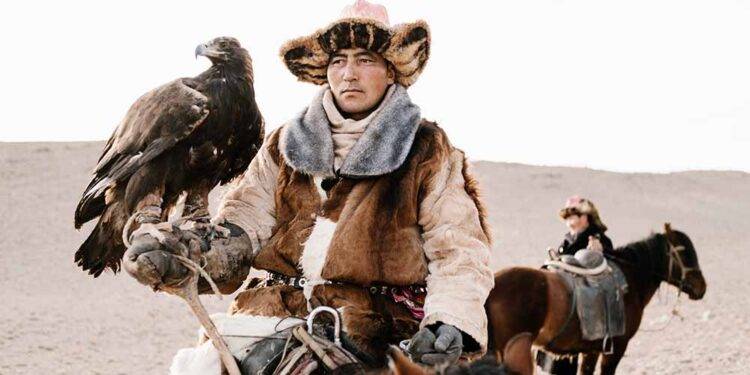
The Khalkha Mongols use specially designed leather hoods to cover the bird’s eyes, which calms them and makes them easier to handle. They also use leather gauntlets to protect their hands from the bird’s sharp talons.
Learn more about the Mongolian Eagle Hunters
Struggles and Challenges
The Khalkha Mongols face several challenges today, including economic and environmental issues. Mongolia’s economy is heavily dependent on mining, which has had a significant impact on the environment and the traditional way of life of the Khalkha Mongols.
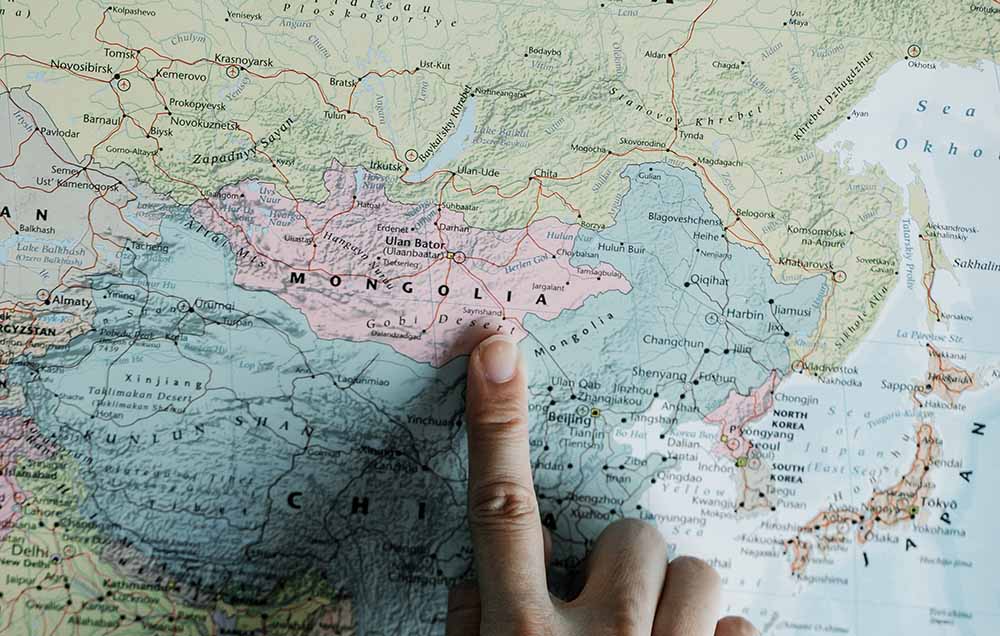
The Khalkha Mongols face challenges in preserving their cultural heritage. Many young people are leaving their nomadic lifestyle behind and moving to the cities in search of better opportunities, which has led to a decline in traditional practices and language.


















